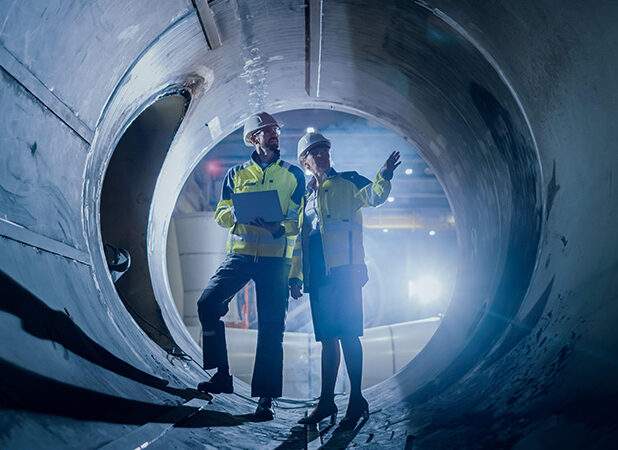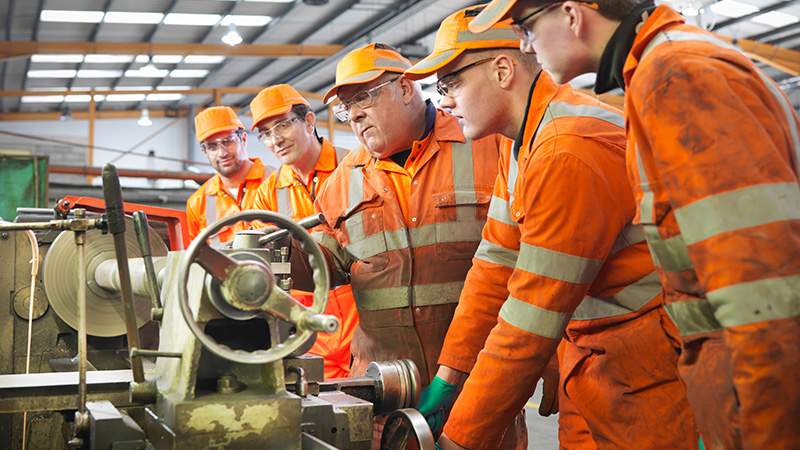What Are Greenhouse Gases?
Greenhouse gas traps heat in the Earth’s atmosphere, leading to a gradual increase in global temperatures. The most common greenhouse gases are carbon dioxide (CO2), methane (CH4), nitrous oxide (N2O), and fluorinated gases. These gases are released into the atmosphere through a variety of human activities, including the burning of fossil fuels, agriculture, and land use changes.
This graph shows how greenhouse gasses are produced, resulting in the greenhouse effect.
Impact of Greenhouse Gases on the Environment
The buildup of greenhouse gases in the atmosphere has led to numerous environmental concerns, including:
- Climate Change: The increase in global temperatures has led to melting glaciers, rising sea levels, and extreme weather events, such as hurricanes and heatwaves.
- Ocean Acidification: As the oceans absorb more CO2, they become more acidic, which can harm marine life and ecosystems.
- Impacts on Wildlife: Climate change has led to changes in the timing of animal migrations, breeding, and hibernation, which can impact wildlife populations.
- Economic Impacts: Climate change can lead to crop failures, damage to infrastructure, and increased healthcare costs, which can have significant economic impacts.
Reducing Greenhouse Gas Emissions
To reduce greenhouse gas emissions, individuals, businesses, and governments can take a variety of actions, including:
- Using Renewable Energy: Transitioning to renewable energy sources, such as solar and wind power, can reduce greenhouse gas emissions from fossil fuel use.
- Energy Efficiency: Reducing energy consumption through energy-efficient technologies and practices can also reduce greenhouse gas emissions.
- Sustainable Agriculture: Practices such as reducing fertilizer use, improving soil health, and reducing food waste can reduce greenhouse gas emissions from agriculture.
- Public Transportation: Encouraging the use of public transportation, biking, and walking can reduce greenhouse gas emissions from transportation.
- Carbon Capture and Storage: Technologies such as carbon capture and storage can capture CO2 emissions from power plants and other sources and store them underground.
Conclusion
Greenhouse gases are a major cause of climate change and have led to numerous environmental concerns. By understanding the impact of greenhouse gases on the environment and taking actions to reduce emissions, individuals, businesses, and governments can help mitigate the effects of climate change. By transitioning to renewable energy sources, improving energy efficiency, implementing sustainable agriculture practices, promoting public transportation, and using carbon capture and storage technologies, we can reduce greenhouse gas emissions and ensure a healthier, more sustainable future for ourselves and future generations.
Frequently asked questions
What are greenhouse gases and how are they produced?
Greenhouse gases are gases that trap heat in the Earth’s atmosphere, causing a gradual increase in global temperatures. The most common greenhouse gases are carbon dioxide (CO2), methane (CH4), nitrous oxide (N2O), and fluorinated gases. These gases are produced through various human activities such as burning of fossil fuels, agriculture, and land-use changes.
What are the environmental impacts of greenhouse gases?
The buildup of greenhouse gases in the atmosphere has led to numerous environmental concerns, including climate change, ocean acidification, impacts on wildlife, and economic impacts such as crop failures, damage to infrastructure, and increased healthcare costs.
How can we reduce greenhouse gas emissions?
To reduce greenhouse gas emissions, we can take various actions such as transitioning to renewable energy sources, using energy-efficient technologies and practices, promoting sustainable agriculture practices, encouraging the use of public transportation, and implementing carbon capture and storage technologies. By taking these actions, we can mitigate the effects of climate change and ensure a healthier, more sustainable future.







